Prepare to be amazed by the captivating world of the Blue Poison Dart Frog, a tiny creature whose vibrant blue skin belies a surprising secret. This article delves into the fascinating biology, habitat, and ethical considerations surrounding this captivating amphibian, exploring the mysteries behind its dazzling appearance and potent defenses.
Unveiling the Blue Poison Dart Frog (Dendrobates Tinctorius Azureus)
The blue poison dart frog, scientifically known as Dendrobates tinctorius ‘Azureus’, is a sight to behold. This little creature, a favorite among scientists and frog enthusiasts alike, boasts vibrant blue skin that hints at its unique adaptations. Let’s journey into the world of this remarkable amphibian.
Beyond a Pretty Face: A Color Variation with a Purpose
While you might hear it called the blue poison arrow frog, it’s not technically a separate species anymore. Scientists now consider it a color variation of the Dyeing Poison Dart Frog (Dendrobates tinctorius), much like different dog breeds within the same species.
Small but Mighty: A Closer Look
Don’t let their diminutive size fool you! These frogs, typically reaching a mere 1 to 2 inches in length, compensate for their stature with striking blue coloration. Interestingly, females are slightly larger than males and display a lighter shade of blue on their backs, contrasting with their deeper blue bellies.
A Rainforest Haven: Navigating the Sipaliwini Savanna
Blue poison dart frogs are endemic to a specific region in Suriname, South America, inhabiting humid rainforests nestled within the Sipaliwini Savanna. These isolated “forest islands” provide the ideal combination of moisture and shelter essential for their survival.
A Day in the Life: Guardians of the Forest Floor
These diurnal creatures, active during the day, can be found hopping across the rainforest floor, diligently defending their territories from rivals. Their diet primarily consists of insects like ants and termites, a key factor contributing to their unique defense mechanism.
The Poisonous Paradox: A Diet-Dependent Defense
Here’s where things take an intriguing turn. In their natural habitat, these frogs obtain toxins from their diet of poisonous insects. This acquired toxicity serves as a powerful defense against predators. However, captive-bred blue poison dart frogs, raised on a controlled diet devoid of these toxic insects, are generally non-poisonous.
Parental Dedication: From Eggs to Tadpoles
When it comes to raising a family, these frogs exhibit remarkable parental care. Males attract females through calls, guiding them to safe, damp locations for egg-laying. The male then guards the eggs until they hatch, ensuring their protection. Once the tadpoles emerge, both parents share the responsibility of feeding and safeguarding their offspring.
A Future Uncertain: Conservation Concerns and Hope
While much remains to be discovered about these frogs in their natural environment, habitat loss poses a significant threat to their populations. However, successful captive breeding programs offer a glimmer of hope. By increasing their availability through responsible breeding, the pressure to collect them from the wild is reduced, contributing to their long-term survival.
Unraveling the Enigma: Ongoing Research and Captivating Questions
The blue poison dart frog’s striking blue coloration remains a subject of ongoing scientific inquiry. While it is widely believed to serve as a warning signal to predators, advertising their toxicity (a phenomenon known as aposematism), the specific mechanisms behind this unique coloration are still being investigated. Researchers are also working to understand how these frogs process toxins from their diet and the implications of their unique adaptations.
A Legacy of Fascination: From Indigenous Knowledge to Modern Science
These frogs share a rich history with the indigenous people of Suriname. The Tirio people, for instance, referred to them as “okopipi” and utilized their skin secretions for decorative purposes. Centuries later, these captivating creatures continue to intrigue scientists, conservationists, and anyone fortunate enough to encounter them.
Are Dendrobates Azureus Poisonous? Unraveling the Truth About Their Toxicity
The striking blue poison dart frog (Dendrobates azureus), with its vibrant blue and black patterns, embodies a captivating paradox—a creature of dazzling beauty harboring a hidden danger. Their skin secretes a potent cocktail of alkaloids, making them poisonous. However, this toxicity is not innate but rather a consequence of their diet.
In the wild, blue poison dart frogs primarily consume toxic insects and ants. These prey items provide the raw ingredients for their poison, which they accumulate and store in their skin glands. Therefore, to answer the question, are Dendrobates azureus poisonous? In their natural habitat, they undoubtedly are!
However, when removed from their natural environment and kept in captivity, a fascinating transformation occurs. Without access to their usual diet of poisonous ants, captive-bred frogs gradually lose their toxicity. This change underscores the crucial role of environment in shaping their defenses.
Beyond its practical function, the blue poison dart frog’s vibrant coloration serves another important purpose. Imagine a predator eyeing this bright blue frog. The frog’s striking appearance acts as a warning signal, effectively conveying the message, “Back off! I’m poisonous!” This clever tactic, known as aposematism, is nature’s way of deterring potential threats.
Sadly, these fascinating creatures face an alarming threat—habitat loss. As rainforests shrink, their very existence is jeopardized. Thankfully, dedicated conservationists are working tirelessly to protect these beautiful frogs and the fragile ecosystems they call home.
How Poisonous Are Blue Dart Frogs? Delving into the Depths of Their Toxicity
The question of how poisonous blue dart frogs are is not as straightforward as it might seem. It depends on several factors, creating a fascinating story of adaptation and survival.
In the heart of the Amazon rainforest, wild blue dart frogs are highly toxic. Their poison is potent enough to cause serious harm, even death, to a human. This extreme toxicity stems from their diet of poisonous ants and insects. Instead of succumbing to the toxins, blue dart frogs have evolved to sequester them in their skin glands, effectively turning themselves into a walking, hopping defense system.
However, the blue dart frogs you might encounter in zoos or terrariums are a different story. Despite their vibrant colors, they pose no threat to humans. Their carefully controlled diet, devoid of poisonous insects, means they don’t accumulate toxins in their skin. Essentially, they retain their beauty without the poison.
Think of it this way: in the wild, their bright blue skin serves as a warning sign to predators—a clear signal of their toxicity, known as aposematism. Captive-bred frogs, on the other hand, no longer rely on this defense mechanism.
Adding to the complexity, not all wild blue dart frogs are created equal in terms of toxicity. Factors like the specific types of toxins they acquire, their concentration, geographic location, and even individual diet variations can influence their overall toxicity. It’s a mystery that continues to intrigue scientists.
Therefore, while all wild blue dart frogs are indeed poisonous, their level of toxicity is not uniform. Ultimately, their vibrant colors serve as a reminder to admire them from a safe distance, especially in their natural environment.
How Big Do Dendrobates Azureus Get? Exploring Size and Growth in Blue Poison Dart Frogs
When it comes to size, Dendrobates azureus are best described as miniature marvels. Imagine a creature smaller than your thumb—that’s about the size of a fully grown blue poison dart frog! On average, they measure between 1.2 to 1.8 inches in length, measured from snout to vent (excluding their legs).
As with many animal species, females tend to be slightly larger than males. Female blue poison dart frogs can reach up to 1.8 inches, while males typically measure around 1.2 inches.
Despite their diminutive size, these frogs possess surprising strength and agility, weighing in at a mere 0.28 ounces—about the weight of a few paperclips. This lightweight build allows them to navigate their environment with ease, hopping and climbing effortlessly.
Several factors contribute to a blue poison dart frog’s size, including:
- Genetics: Like most living organisms, genetics play a role in determining their size potential.
- Diet: A varied and nutritious diet, particularly during their tadpole stage, is crucial for optimal growth. A lack of essential nutrients can impact their overall size.
- Environment: Environmental conditions, including food availability and habitat quality, can affect growth rates. Captive frogs raised in controlled environments with abundant food are more likely to reach their full size potential.
Size Comparison
To put their size into perspective, here’s a comparison with other popular poison dart frog species:
| Species | Average Size (inches) |
|---|---|
| Dendrobates azureus | 1.2 – 1.8 |
| Dendrobates auratus | 1.0 – 1.5 |
| Dendrobates leucomelas | 1.2 – 1.6 |
| Phyllobates terribilis | 2.0 – 2.4 |
This table highlights the variations in size within the poison dart frog family, with Dendrobates azureus falling within the smaller range.
The Impact of Captivity and Other Intriguing Questions
While we’ve explored the basics of blue poison dart frog size, there’s still much to learn. Ongoing research focuses on understanding the potential impact of captivity on size and whether readily available food sources in controlled environments lead to larger captive specimens compared to their wild counterparts.
Another area of interest is the role of size in breeding behavior. Scientists are investigating if size influences mate selection or breeding success in Dendrobates azureus.
Furthermore, understanding the evolutionary advantage of their size within their ecological niche is a fascinating avenue for future study. Why has this specific size range proven beneficial for their survival? Unraveling these mysteries will provide a deeper appreciation for these intriguing, miniature marvels of the rainforest.
Have you ever seen a tarantula that is as beautiful as its name? Learn more about the blue cobalt tarantula.
The beluga whale dory is a whale species that is known for its playful and curious nature.
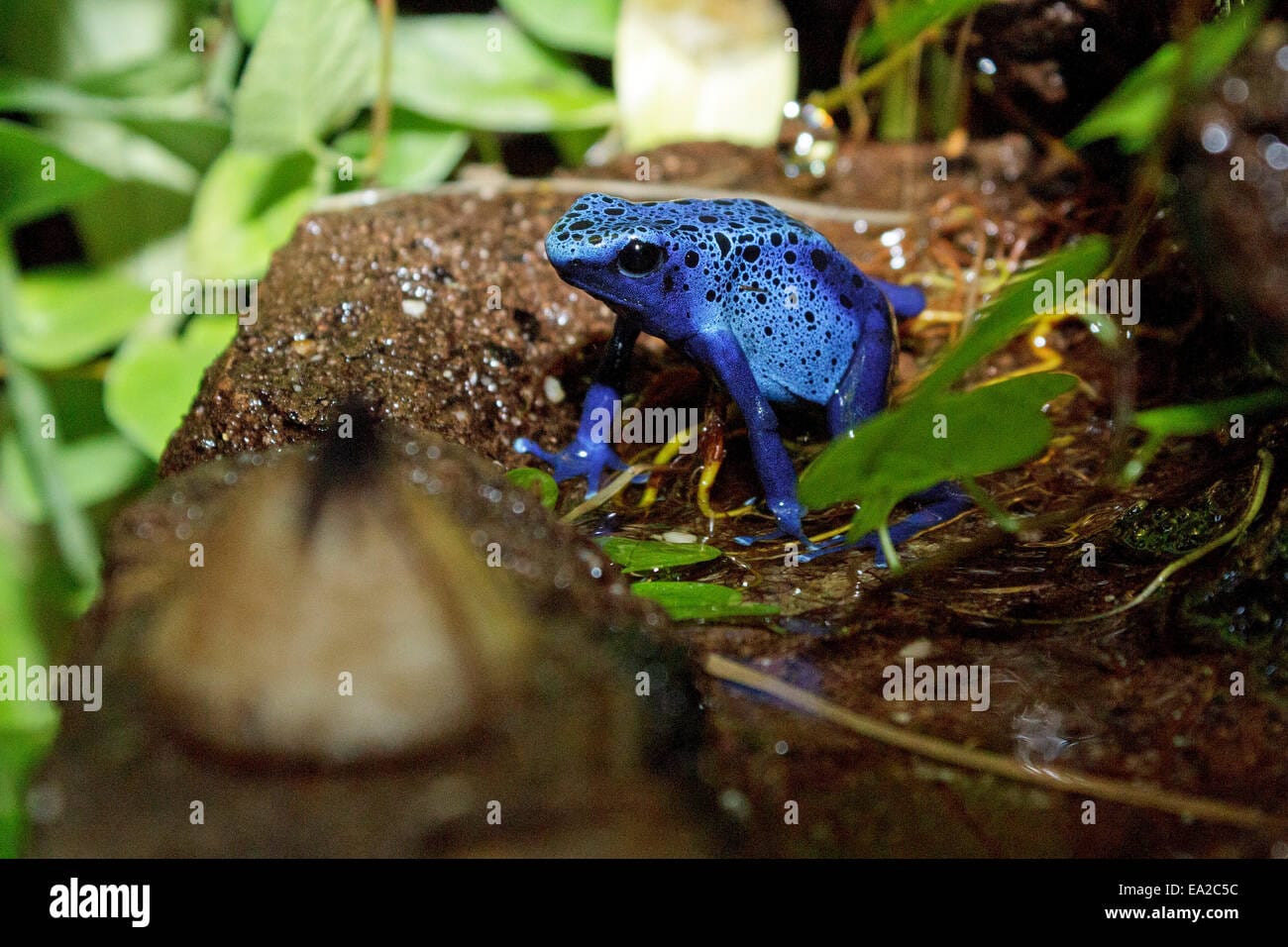
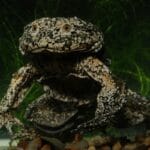
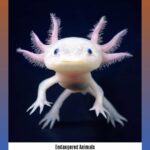
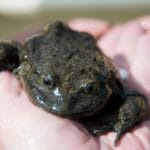

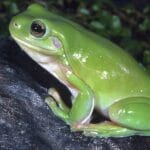











2 thoughts on “The Azure Enigma: Unraveling the Mysteries of the Blue Poison Dart Frog (Dendrobates Tinctorius Azureus)”
Comments are closed.